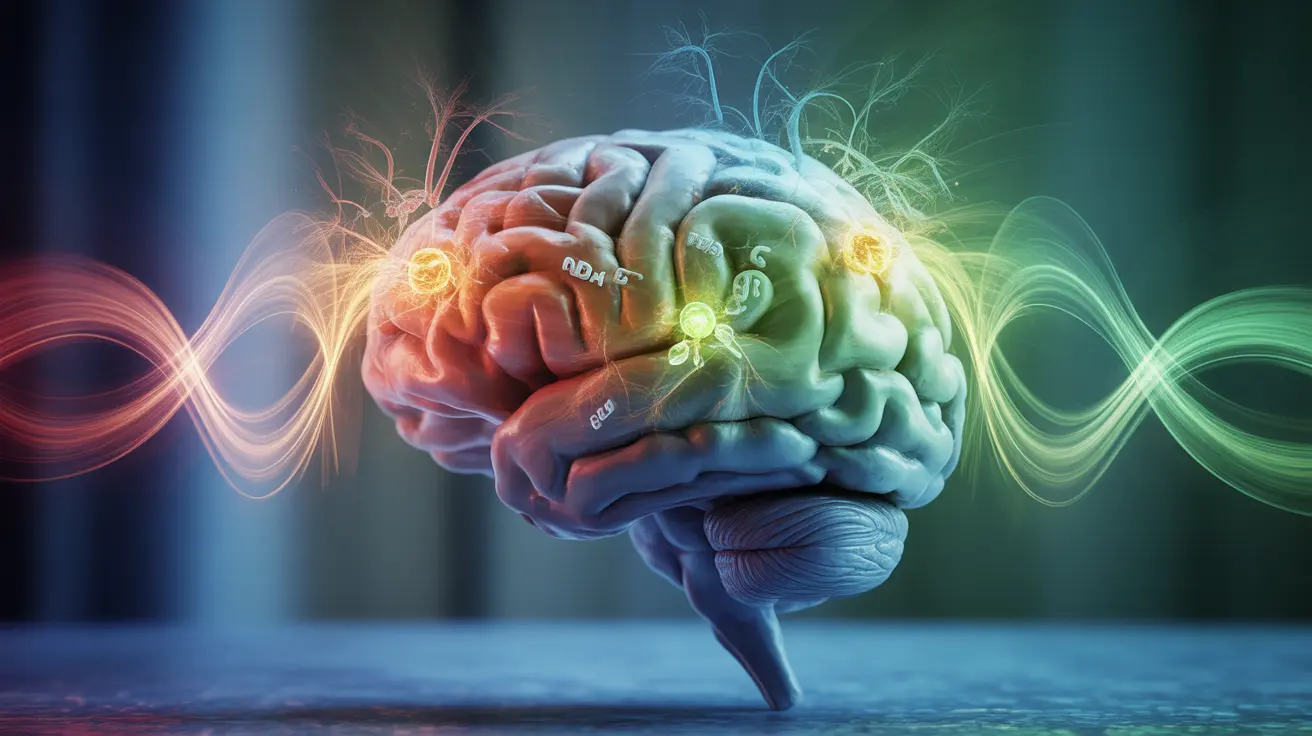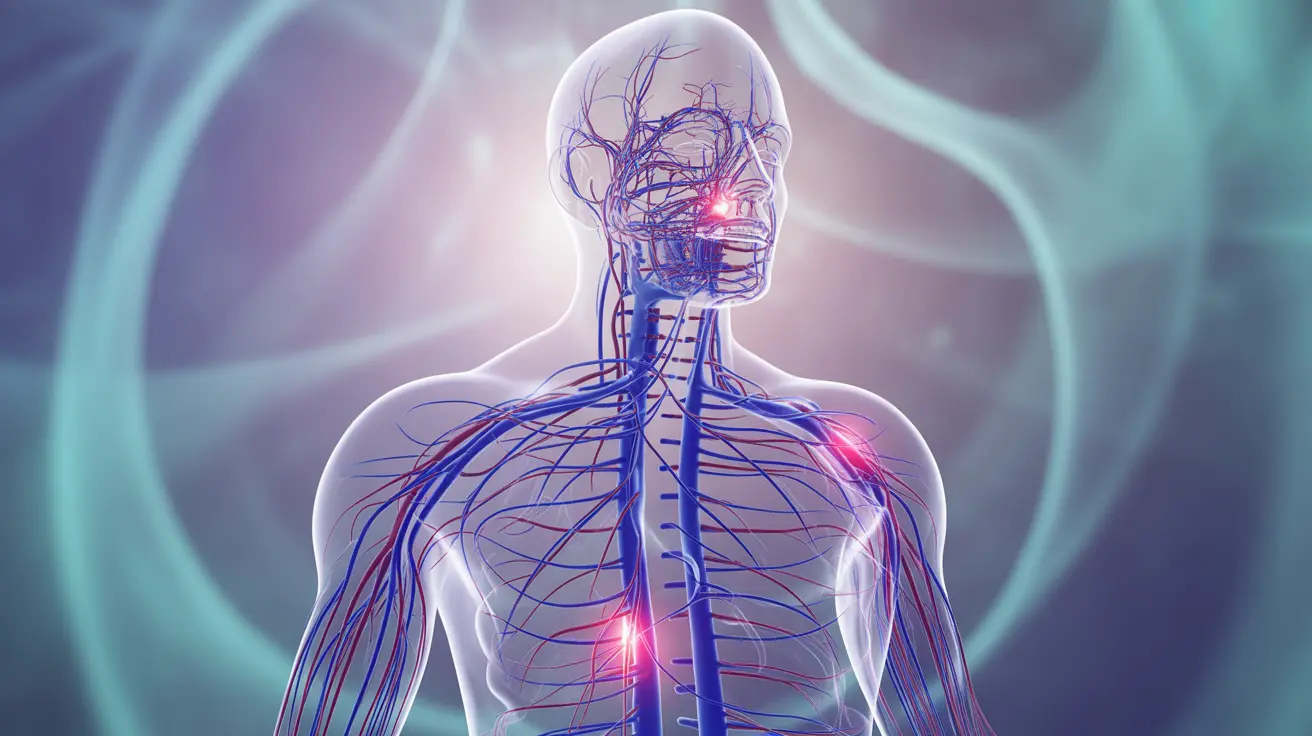Carpopedal spasms are involuntary muscle contractions that primarily affect the hands and feet, causing temporary but often concerning symptoms. These distinctive muscle spasms can significantly impact daily activities and may indicate underlying health conditions that require medical attention. Understanding the nature of carpopedal spasms, their causes, and treatment options is crucial for proper management and prevention.
While these muscle contractions can be alarming when they first occur, they are typically manageable with appropriate medical intervention and lifestyle modifications. This comprehensive guide will explore the key aspects of carpopedal spasms, helping you recognize when to seek medical attention and what treatments may be most effective.
Understanding Carpopedal Spasm Symptoms
Carpopedal spasms have distinct characteristics that set them apart from regular muscle cramps. The most common manifestations include:
- Involuntary flexing of fingers and wrists
- Thumb pressing against the palm
- Fingers drawing together in a cone-like position
- Similar contractions in the feet and toes
- Numbness or tingling sensations
- Possible muscle pain during episodes
These symptoms may occur suddenly and can last from several minutes to hours, varying in intensity and duration among individuals.
Common Causes and Risk Factors
Several underlying conditions can trigger carpopedal spasms, with calcium imbalance being a primary factor. The most frequent causes include:
Metabolic Imbalances
- Low blood calcium levels (hypocalcemia)
- Vitamin D deficiency
- Magnesium deficiency
- Abnormal phosphate levels
Medical Conditions
Various health conditions can contribute to the development of carpopedal spasms:
- Hyperventilation syndrome
- Anxiety disorders
- Endocrine disorders
- Pregnancy-related changes
- Kidney dysfunction
Diagnosis and Medical Assessment
Healthcare providers typically diagnose carpopedal spasms through:
- Physical examination
- Blood tests to check mineral levels
- Review of medical history
- Assessment of breathing patterns
- Evaluation of underlying conditions
Treatment Approaches
Treatment strategies for carpopedal spasms often involve a multi-faceted approach:
Immediate Relief
- Controlled breathing exercises
- Gentle stretching techniques
- Application of heat or cold therapy
- Massage of affected areas
Long-term Management
For ongoing prevention and treatment, healthcare providers may recommend:
- Calcium supplementation
- Vitamin D supplements
- Magnesium supplementation when appropriate
- Treatment of underlying medical conditions
- Stress management techniques
Prevention Strategies
Several lifestyle modifications can help prevent recurrent carpopedal spasms:
- Maintaining proper nutrition
- Regular exercise
- Stress reduction techniques
- Adequate hydration
- Regular medical check-ups
Frequently Asked Questions
What are the common symptoms of carpopedal spasm in the hands and feet?
The most common symptoms include involuntary finger and toe contractions, hand spasms with the thumb pressed against the palm, and fingers drawing together in a cone-like position. These may be accompanied by numbness, tingling, and muscle pain.
What causes carpopedal spasms and how is low calcium related to them?
Carpopedal spasms are primarily caused by calcium imbalances in the body. Low blood calcium levels (hypocalcemia) can trigger muscle contractions because calcium plays a crucial role in proper muscle function. Other causes include metabolic disorders, hyperventilation, and anxiety.
How can carpopedal spasms be treated and what role do calcium and vitamin D supplements play?
Treatment typically involves addressing the underlying cause, often through calcium and vitamin D supplementation. These supplements help maintain proper mineral balance in the body, reducing the frequency and severity of spasms. Additional treatments may include breathing exercises and medication for underlying conditions.
What lifestyle changes can help prevent carpopedal spasms from recurring?
Key lifestyle changes include maintaining a balanced diet rich in calcium and vitamin D, regular exercise, stress management, proper hydration, and avoiding triggers such as hyperventilation. Regular medical check-ups can help monitor mineral levels and overall health.
When should I seek medical attention for carpopedal spasms or muscle cramping?
Seek immediate medical attention if spasms are severe, frequent, or accompanied by other symptoms such as difficulty breathing, chest pain, or persistent numbness. Regular episodes of carpopedal spasms should be evaluated by a healthcare provider to identify and treat underlying causes.




